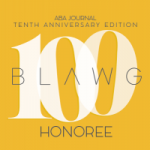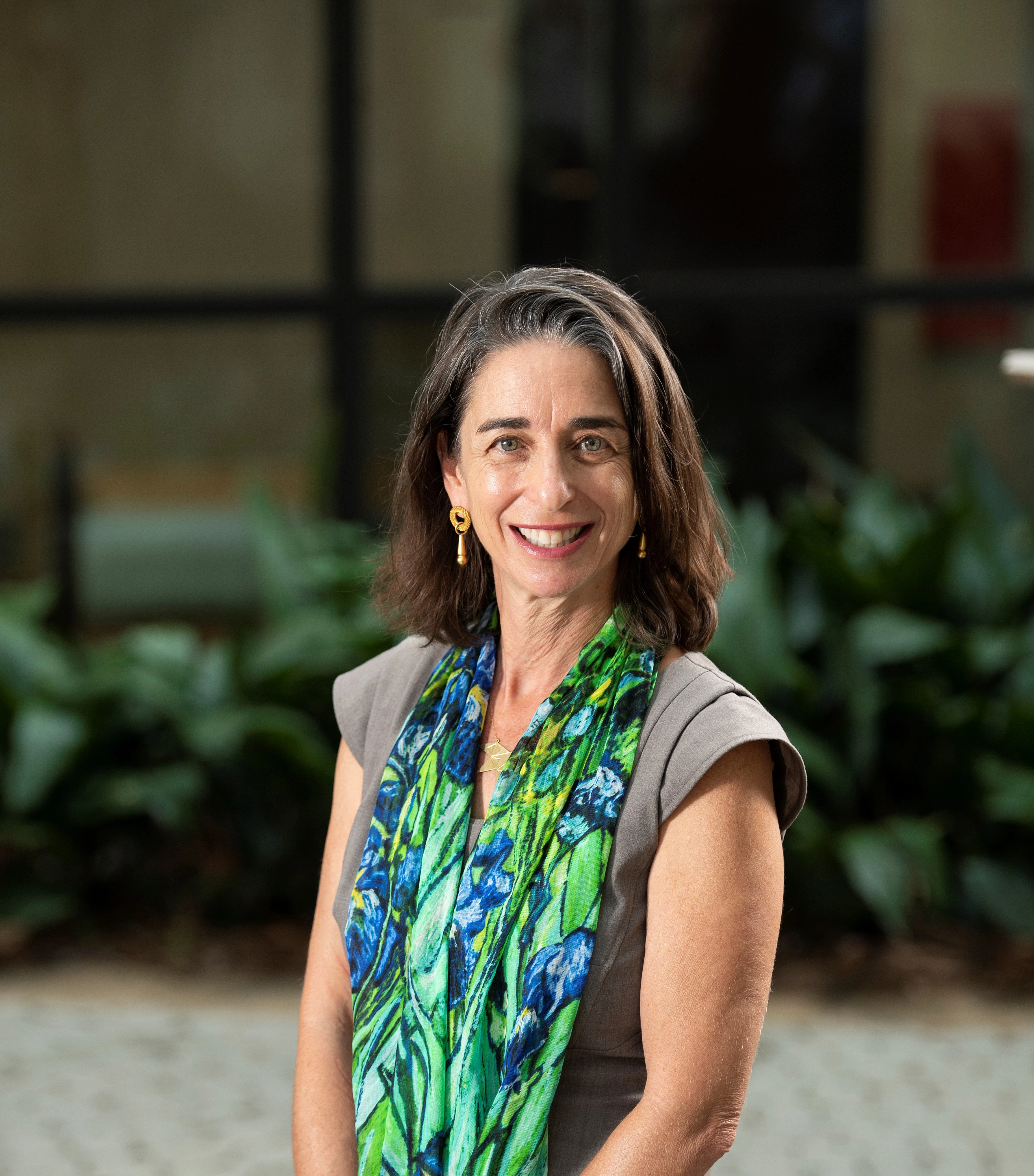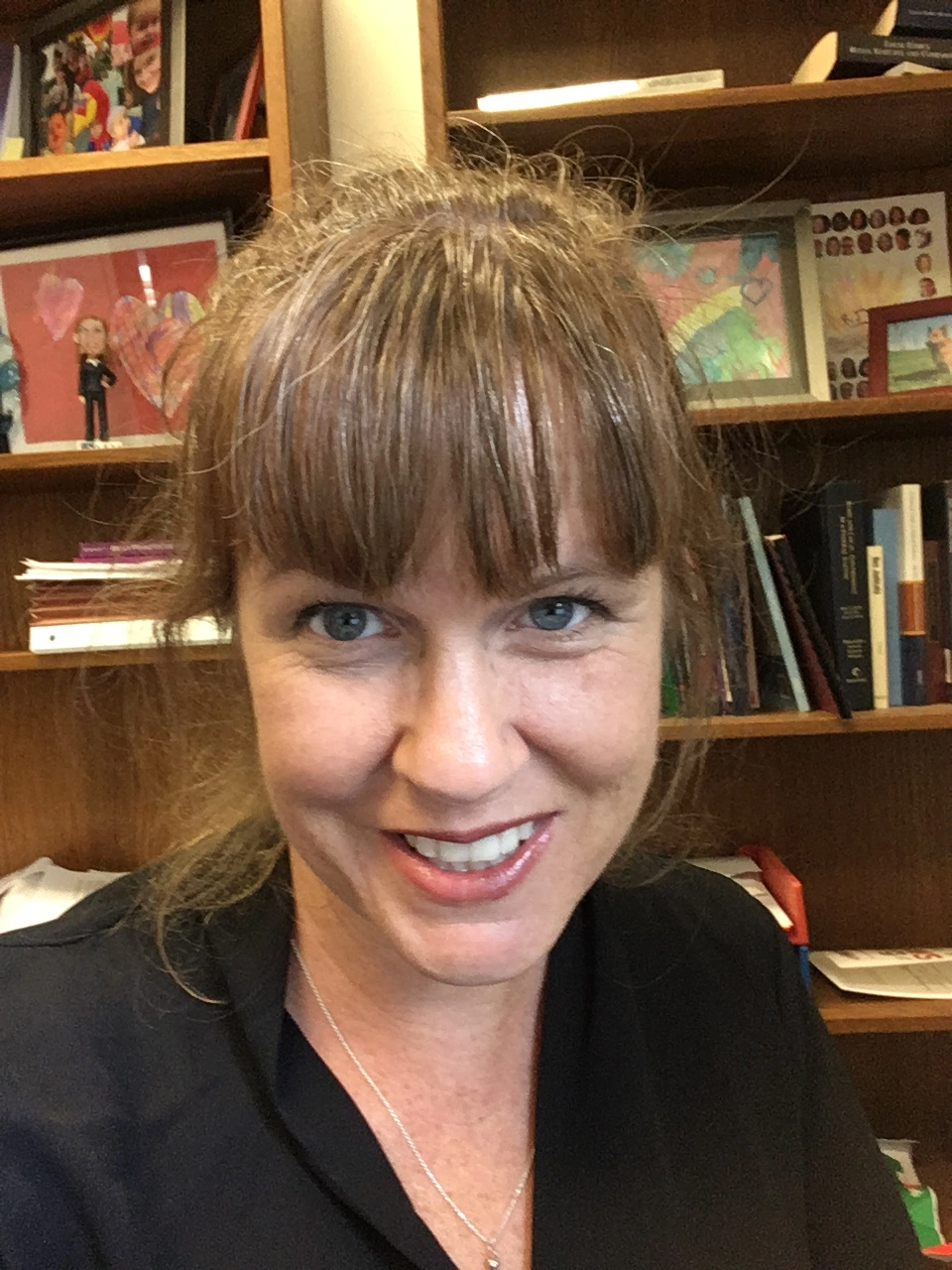By Cori Alonso-Yoder, Sherley Cruz, Vanessa F. Hernandez
Stage 1: Description of the Issue
“In almost every small group of clinicians at clinical conferences, someone raises the subject of ‘improving rounds.’” – Elliott Milstein & Sue Bryant, Rounds: A “Signature Pedagogy” for Clinical Education?
While this year’s virtual AALS Clinical Conference differed from prior years, clinicians’ desire to maximize rounds remains a constant. These facilitated classroom discussions are what Professors Elliot Milstein and Sue Bryant called a “signature pedagogy” for clinical legal education. Indeed, rounds figure as a meta exercise of clinical education. By giving up total control, rounds may feel challenging or unpredictable. Yet, year after year, rounds remain a principal teaching tool. Because, as observed by Milstein and Bryant, “when the conversations go well, they are precious sources of learning.”
In 2019, a group of us compared notes to discuss their use of rounds.[1] We learned that we had similar approaches, but that there was also great flexibility in our practices of rounds. At the Rounds on Rounds Session, we hoped that by sharing our experiences we could learn from one another while also amplifying different models of rounds. To our delight, 136 conference participants also wanted to learn new ways of teaching rounds.
Stages 2 & 3: Questions to Clarify and Problems Identified
Our initial goals for the AALS lightning session were to 1) introduce the concept of rounds; and 2) to share different approaches to rounds. To seek feedback from our participants, we used a Google form survey to learn more about our audience’s familiarity with rounds (especially the “ traditional Milstein/Bryant five stages”), while also soliciting ideas on different approaches. In particular, we sought to introduce the concept of rounds for student learning and as a tool for clinicians to use in their own development as supervisors and educators.
From our survey, we learned that over 90% of our 69 respondents currently used rounds. Of these, the vast majority (more than 85%) reported using rounds in discussion with students about client fieldwork. Only about 30% of respondents mentioned using rounds with colleagues to discuss supervision of students. Almost 10% of respondents, 7.2%, responded that they didn’t use rounds or were unsure if they used rounds.

Figure 1. Responses about rounds modes used by participants.
The survey also asked respondents to identify their priorities for learning within the session. Most of the respondents, 63.8%, indicated that they were most interested in learning about maximizing their use of rounds to discuss lawyering skills.

Figure 2. Responses about priorities for learning in the lightning session.
These responses helped us focus our discussion for the remaining time and to clarify our goals for the session.
Stage 4: Goals Clarified
Based on the responses from students, we returned to our dual goals of 1) introducing rounds as a teaching tool; and 2) sharing practices for rounds.
Stage 5: Lawyering Strategies Exchanged/Proposed Solutions
To set the stage for the nearly 10% of respondents not presently using rounds, we presented some of the foundational concepts related to use of rounds.

Figure 3. A slide with the “Milstein/Bryant” rounds structure from the lightning session.
Participants took part in a How Do You Use Rounds Google Doc “quick write” to share their perspectives on what is working in rounds and where they experienced challenges. Having 150 participants trying to access a Google Document at once “crashed” the shared doc. Despite the technical difficulties, we were able to spark a rich discussion from the quick write. We took a fresh look at the first few stages from a cultural, racial, gender, and other differences perspective, which provided an opportunity for conversations about bias, stereotypes, and their impact on third parties.[2]
Stage 6: Lessons Learned
Perhaps it is poetic justice that a 30-minute lightning discussion on rounds with nearly 150 participants would feel rushed and incomplete.
Many clinicians in the quick write exercise expressed their feelings of struggling to find time for rounds, or properly developing the conversation. We, the presenters, faced similar struggles in getting out all that we hoped to share with our session, but were encouraged by the enthusiastic responses from our colleagues.
Among the helpful conversations that developed with participants after the formal conclusion of the Zoom session, we identified the need to develop materials to foster student led discussion and participation. One participant asked for readings to provide to students in advance of rounds. Another participant wanted to learn more about one of our practices in requesting students prepare a pre-rounds memo.
This session confirmed that challenges and opportunities with structuring rounds will likely remain a topic to which we continue to circle back. We look forward to the next “go round” on this topic.
[1] This group included Cori Alonso-Yoder, Sherley Cruz, Vanessa F. Hernandez, Nadiyah Humber, and Katie Ladewski Jarosz.
[2] This innovation was credited to Professor Alexander Scherr at the University of Georgia. The exercise was particularly resonant as an intervention given the conference’s larger theme of “Recognizing Our Past and Building for Our Future.”
Filed under: Best Practices, Best Practices and Clinics, Clinical Scholarship, Teaching Methodology, Uncategorized | Tagged: case rounds, clinical pedagogy, teaching rounds |









